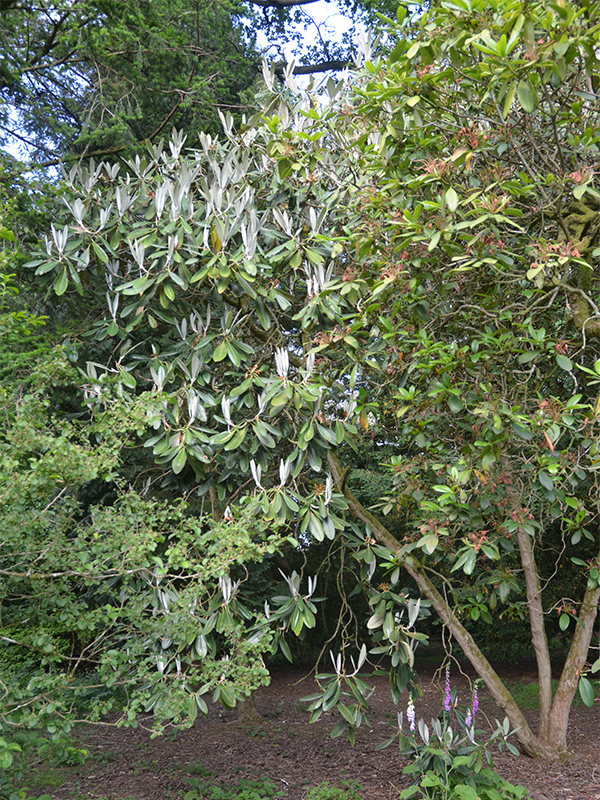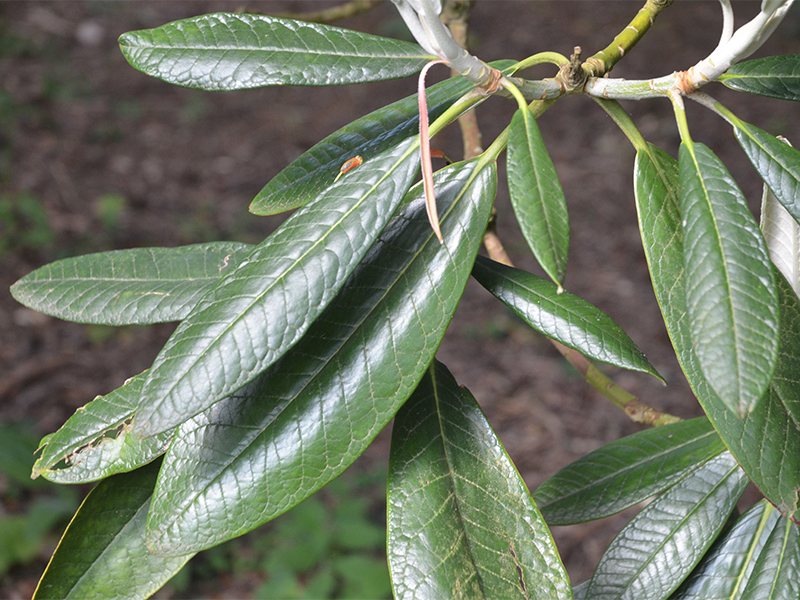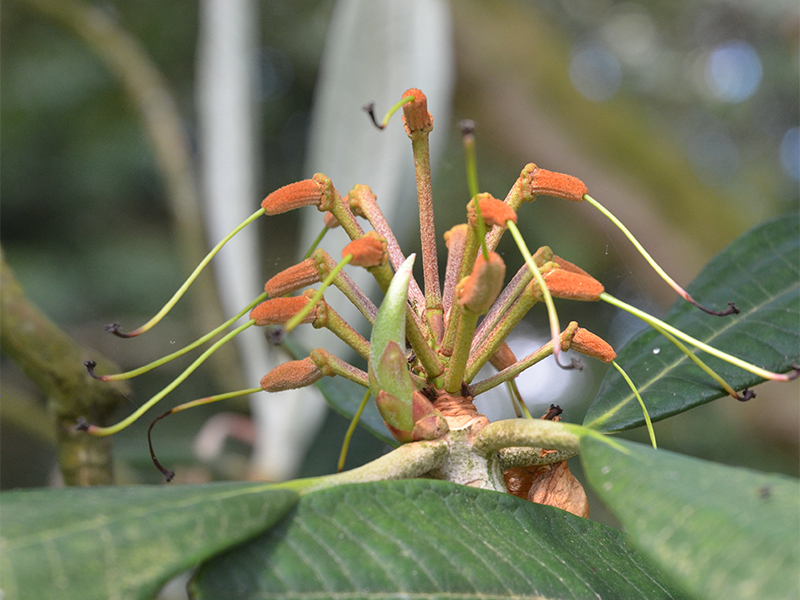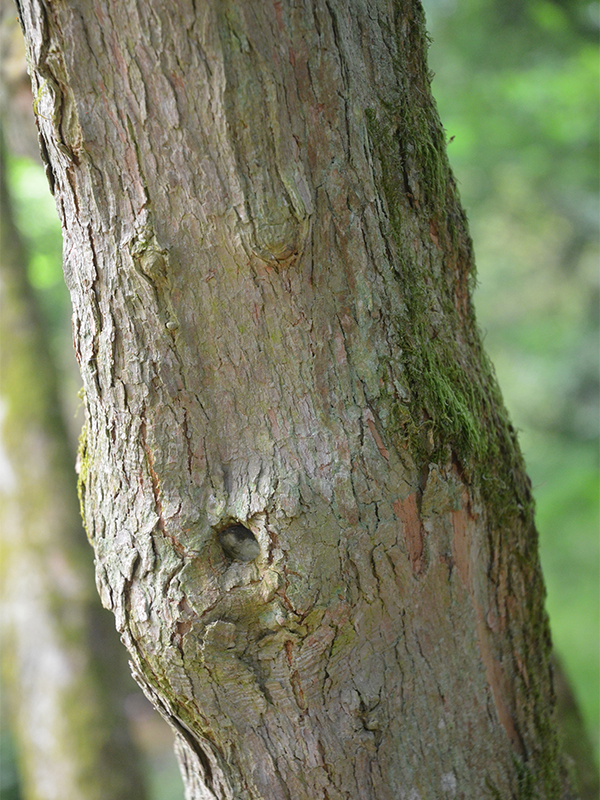
Woody > Rhododendron > Rhododendron rex > Rhododendron rex subsp. rex
Rhododendron rex
ssp. rex
King Rhododendron
Origin: Southwest China.
| Family |
| Ericaceae |
| Genus |
| Rhododendron |
| Species |
| rex |
| Category |
| Woody |
| Type |
| Tree (evergreen) |
| Subspecies |
| rex |
| USDA Hardiness Zone |
| 7b - 8a |
| RHS Hardiness Zone |
| H5 |
| Temperature (°C) |
| -15 - (-10) |
| Temperature (°F) |
| 5 - 14 |
| Height |
| 8 - 12 m |
| Spread |
| 4 - 8 m |
Photographs
Description and Growing Information
Flowering Period
| Landscape |
| Low maintenance cottage and informal gardens. |
| Cultivation |
| Prefers partial-shade. Plant in moist but well-drained slightly acidic soil. |
| Shape |
| Bushy. |
| Pests |
| Vine weevil, rhododendron leafhopper, pieris lacebug, scale insects, caterpillars and aphids may be a problem. Powdery mildews, rhododendron petal blight, rhododendron bud blast, silver leaf and honey fungus may occur. |
| Leaf Description |
| Broadly obovate leaves with buff indumentum beneath. |
| Flower Description |
| Trusses of bell-shaped flowers that appear in mid to late spring. |
| Colour Description |
| The leaves are dark green. The flowers are white or pink with blotches of red at the base. |
| Texture Description |
| The leaves have a glossy texture. |
| Notable Specimens |
| Westonbirt, The National Arboretum, Tetbury, Gloucestershire, England. |
| Propagation |
| Semi-ripe cuttings in late summer, layering in autumn and grafting in late summer or winter. |



